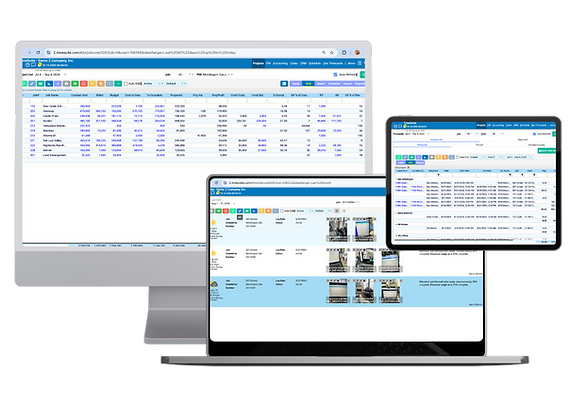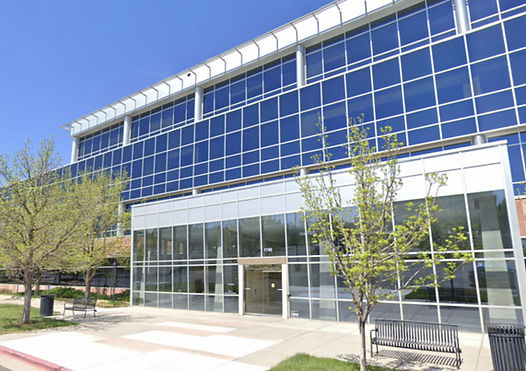
Our Story
Built for Contractors. Designed for real life.
Are you guessing at job costs when you bid — hoping you got it right?
Spending more time managing data than managing projects?
Struggling to know where you stand financially… until it’s too late?
We’ve been there. And that’s exactly why TimeSuite exists.

Eric Malouff
TimeSuite Founder & CEO
Where It Started
TimeSuite was founded in 1994 by a construction-specific CPA firm in the Denver area. It began as a response to what we saw repeatedly: construction companies forced to wrestle with clunky, modular software that made already complex work even harder.
Our founder and CEO, Eric Malouff, grew up in the construction industry. He is a licensed CPA with backgrounds in accounting, computer programming and construction. After years of supporting contractors, he set out to build the system he wished existed — one that followed a centralized realtional architecture and removes the handcuffs that hinder modular systems. One that streamlines the way construction professionals think and operate.
What We’ve Built
Today, TimeSuite is the most advanced and adaptable Relational ERP in the construction industry. It’s powered by a modern relational (centralized) platform — no ancient (decentralized) modules — and delivered across three interfaces: desktop, web, and mobile.
From job costing and accounting to project management, estimating, on-screen takoff, scheduling, CRM, timecards, task management, and more. It’s an all in one intuitive system.
One login. One source of truth. Complete visibility.

Why We Exist
We’re more than just a technology company. We exist to simplify complexity for the people building our communities. Our mission is to make peoples’ lives better.
That means:
-
Staying grounded in real-world solutions
-
Designing for clarity, flexibility, and speed
-
Showing up with ownership, trust, and accountability
-
Evolving constantly alongside our clients and the construction industry itself
We believe in balance. We believe in doing work we’re proud of. And we believe that when our clients succeed, we all move forward together.



Trusted by Industry Experts
TimeSuite’s financial engine is fully contained within its relational framework—providing real-time cost visibility, automated percentage-of-completion method of accounting, and total project control without the need for external systems. We eliminate integration and decentralized processes. One System. One powerful centralized platform.
Job Cost Control On-Screen Takeoff Employee Payroll Invoice From The Field Change Orders Centralized Communication Document Access & Management Time & Materials Tracking Contract Management Real-Time Dashboards Mobile Access Estimates to Invoicing ....and more
